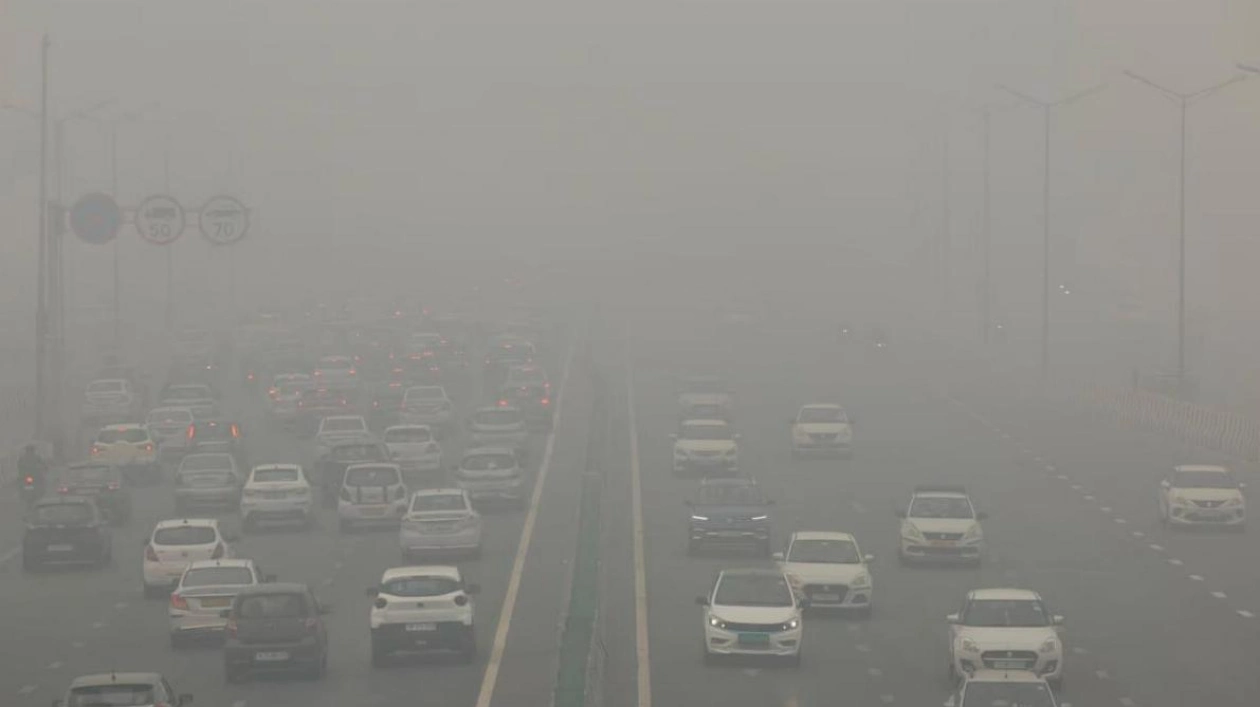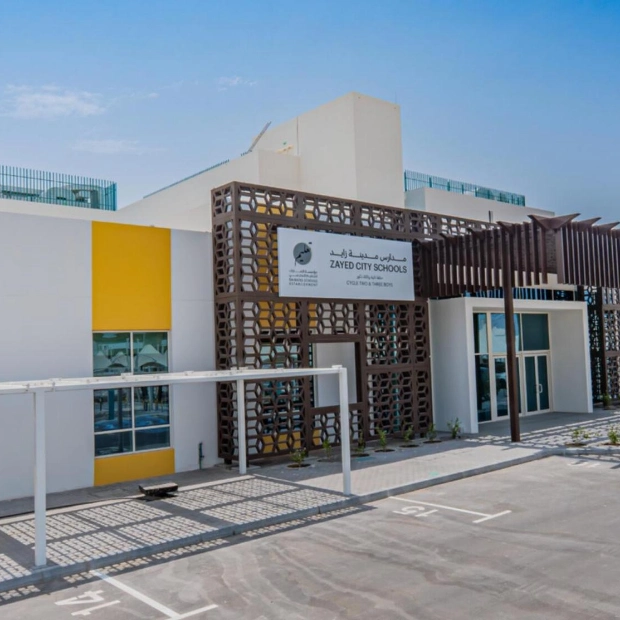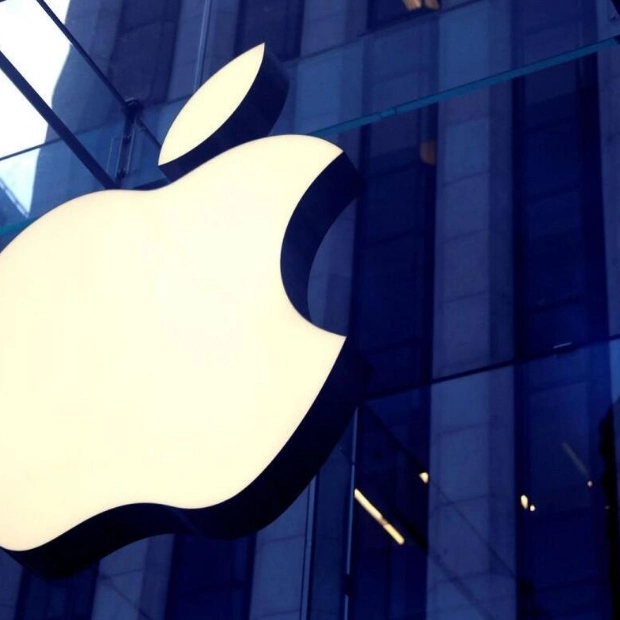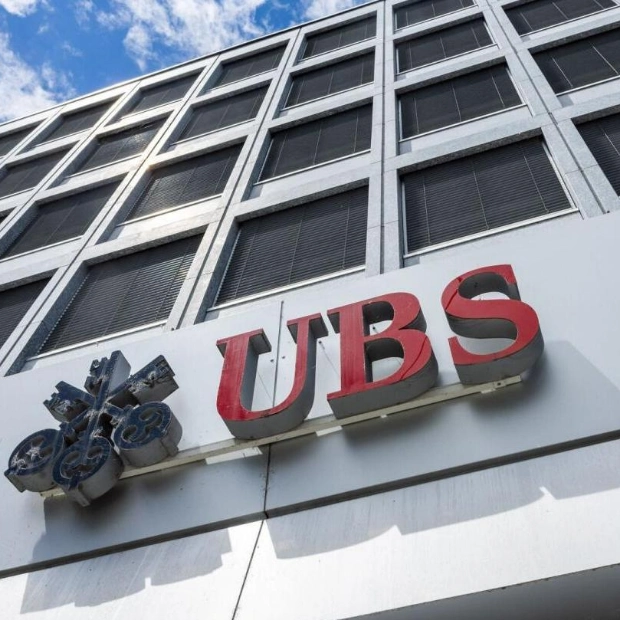Residents of India's capital New Delhi found themselves struggling to breathe on Monday as a thick layer of toxic smog enveloped the city. The air pollution levels surged past 60 times the World Health Organisation's (WHO) recommended daily maximum. The concentration of PM2.5 pollutants, which are fine particulate matter in the air that poses the greatest health risk, reached its peak at 9.07am on Monday, according to IQAir pollution monitors. A reading above 15 in a 24-hour period is considered unhealthy by the WHO.
Due to the escalating toxic smog, New Delhi authorities decided to close schools and switch to online classes until further notice, marking the city's latest attempt to mitigate its health crisis. On Thursday, the toxic haze obscured India's iconic Taj Mahal and the Golden Temple in Amritsar, causing flight delays as visibility became dangerously low in several areas.
On Wednesday, eight flights were diverted from Indira Gandhi International Airport in New Delhi due to the low visibility caused by the thick smog. The city is annually shrouded in acrid smog, primarily due to stubble burning by farmers in neighbouring regions, along with emissions from factories and traffic. The restrictions were implemented by city authorities "in an effort to prevent further deterioration" of the air quality.
New Delhi and its surrounding metropolitan area, home to over 30 million people, consistently ranks as one of the most polluted cities in the world during winter. Cooler temperatures and stagnant winds exacerbate the problem by trapping deadly pollutants from mid-October until at least January. Last month, India's Supreme Court declared clean air a fundamental human right, urging both the central government and state authorities to take immediate action.
Source link: https://www.khaleejtimes.com






